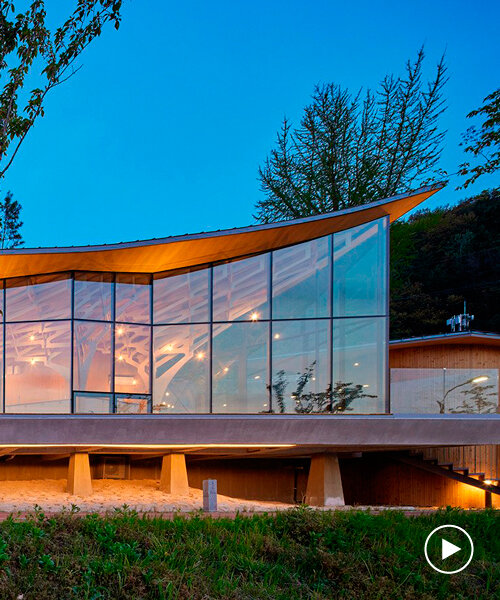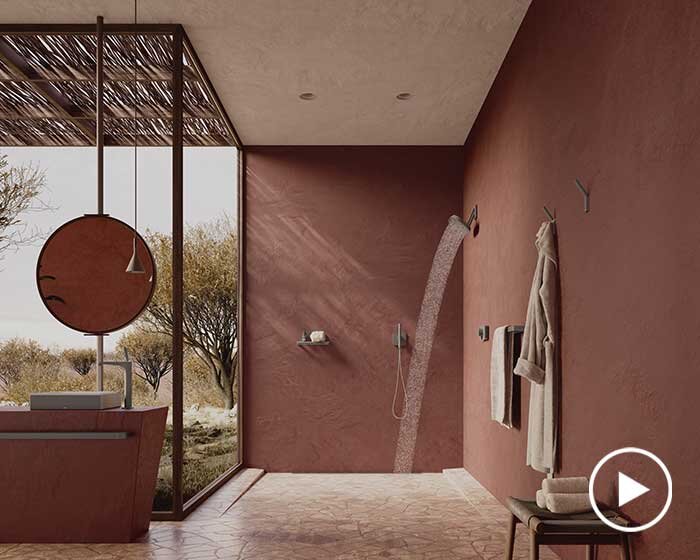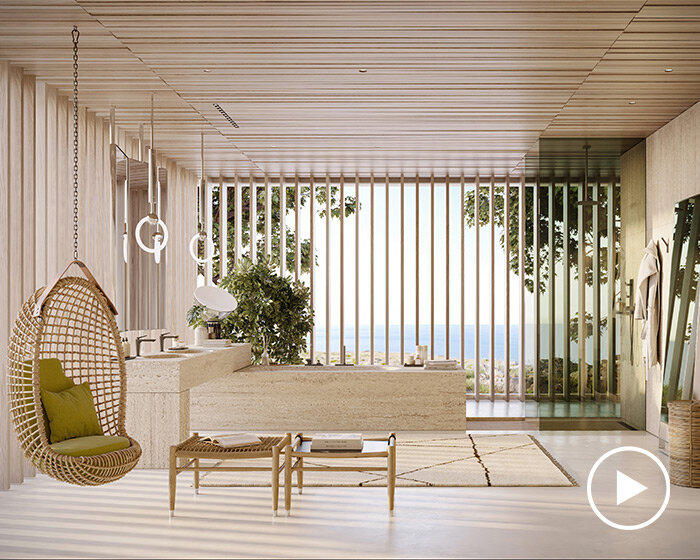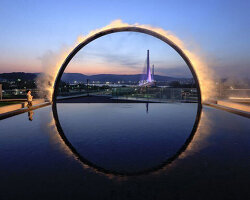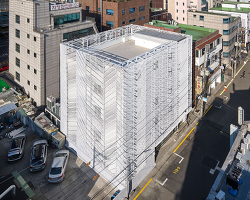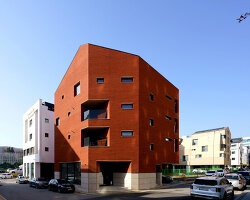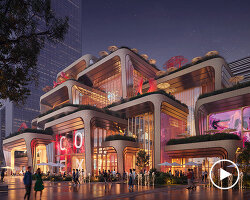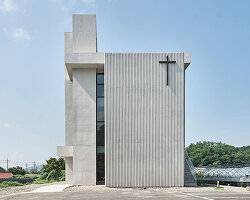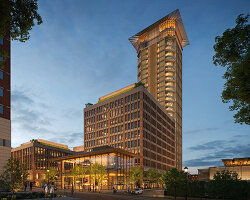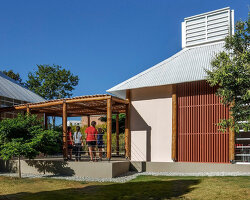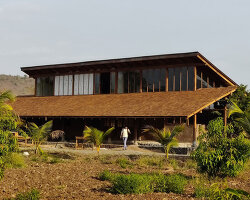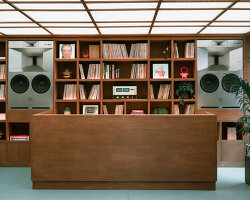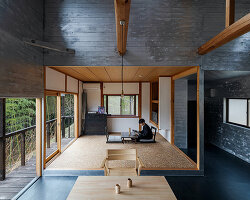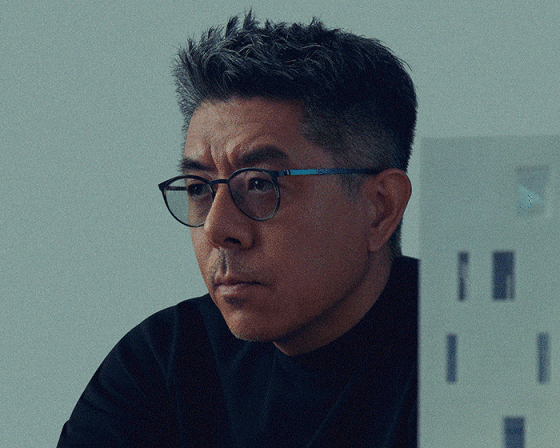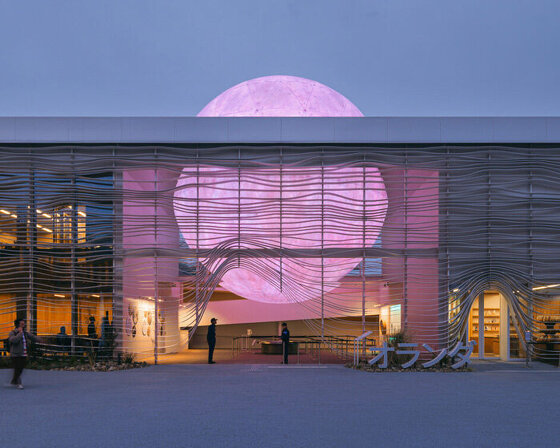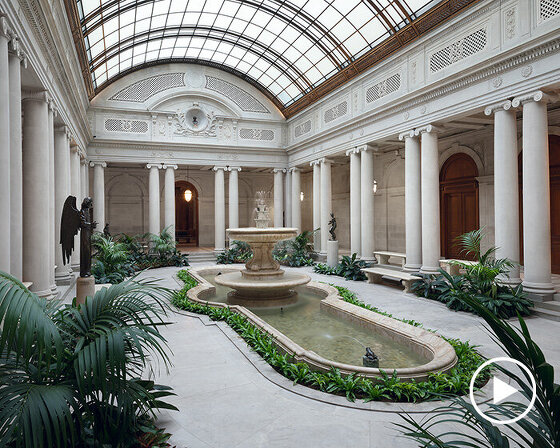Pavilion of Floating Lights by JK-AR honors East Asian carpentry
The Pavilion of Floating Lights by JK-AR aims to reinvent East Asian timber architecture, especially ‘-ru’, the East Asian equivalence of a large-scale pavilion. Drawing from traditional assembly techniques and structural systems, the project showcases the innovative application of wooden brackets within six tree-like columns. The composition pays homage to the historic Chokseok-ru, a symbolically significant structure erected in 1365 in Jinju, Korea, where the project is situated.
The design honors the original carpentry techniques by avoiding the use of nails and adhesives. To ensure efficient construction, intricate plywood members, crafted using a CNC router, are assembled to form the tree structures with the aid of Augmented Reality. The pavilion serves as a compelling display of the potential that lies at the intersection of forgotten East Asian craftsmanship and contemporary technology.
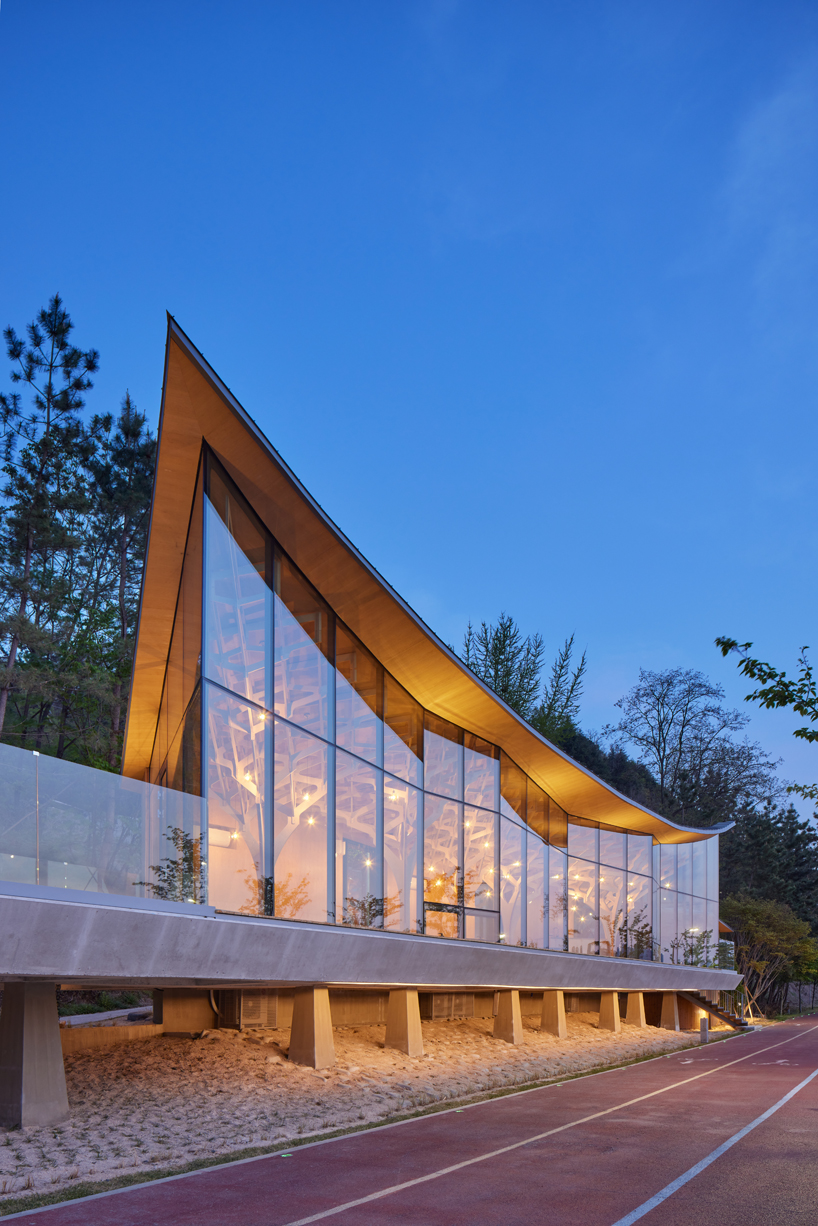
all images by Rohspace
design fuses traditional craftsmanship and modern technology
In addition to its innovative architectural elements, the design team at JK-AR introduces a new iteration of ‘-ru’ as a civic platform for Jinju, a historically significant town nestled in the southern province of Korea. Traditionally, ‘-ru’ referred to an iconic building with elevated floors, offering private entertainment or military observation. However, this project transforms the purpose of ‘-ru’ into a more public-facing endeavor.
The site, which faces the Namgang River, has witnessed significant historical events in the city. The structure aims to become an icon in its own right alongside the river, particularly during the renowned Floating Lights Festival, a well-known local event. Furthermore, the project invites visitors to immerse themselves in the surrounding natural and urban environments.
Drawing from the abundant bamboo forests that once graced the riverbanks, the tree-like columns create an interior space reminiscent of a forest pathway. The project blurs the boundaries between inside and outside with glass walls enveloping three sides, embracing the concept of openness. The distinctive tree structures not only define the project’s interior atmosphere but also showcase a symbolic facade.
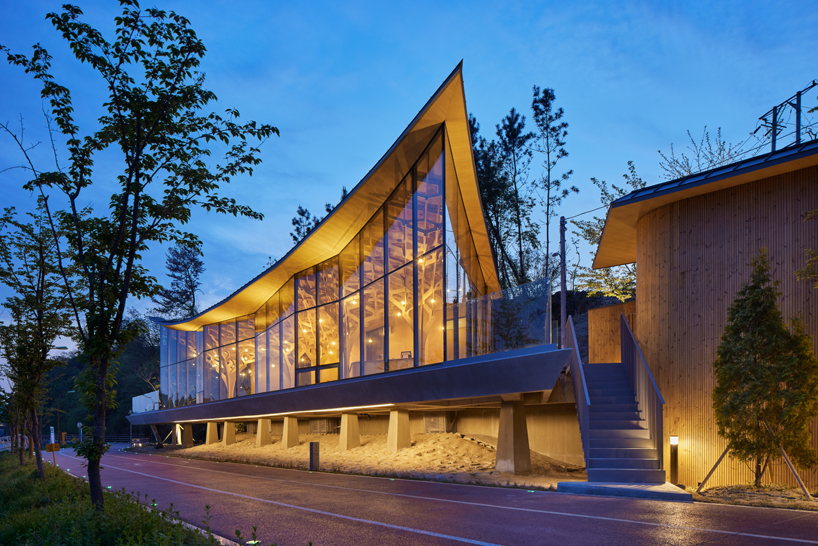
the project blurs the boundaries between inside and outside with glass walls enveloping three sides
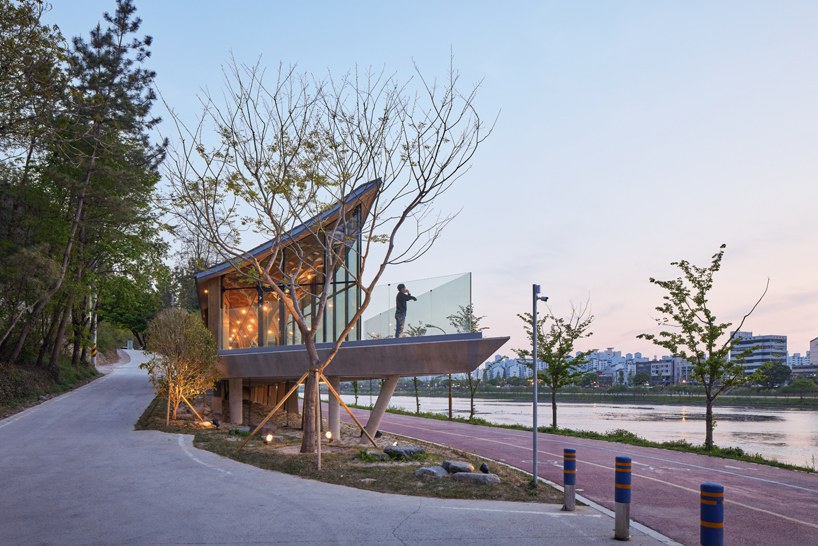
the design draws from the abundant bamboo forests that once graced the riverbanks
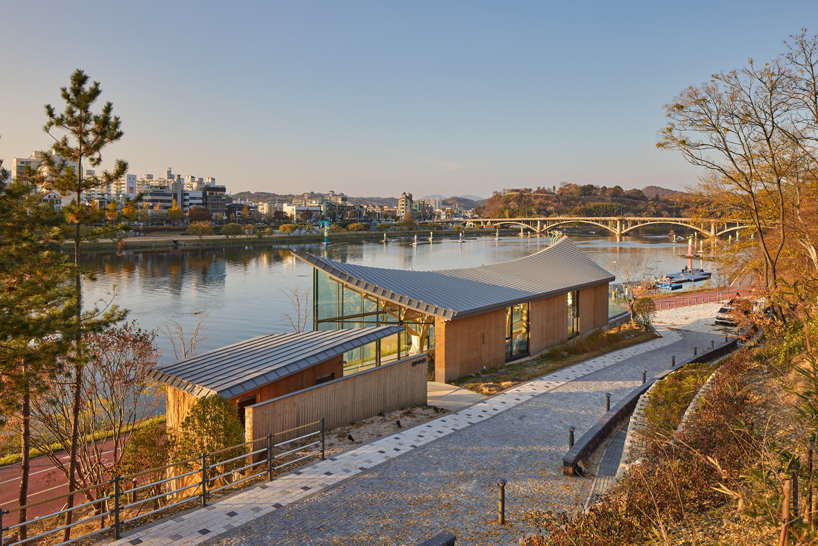
the pavilion transforms the purpose of ‘-ru’ into a more public-facing endeavor
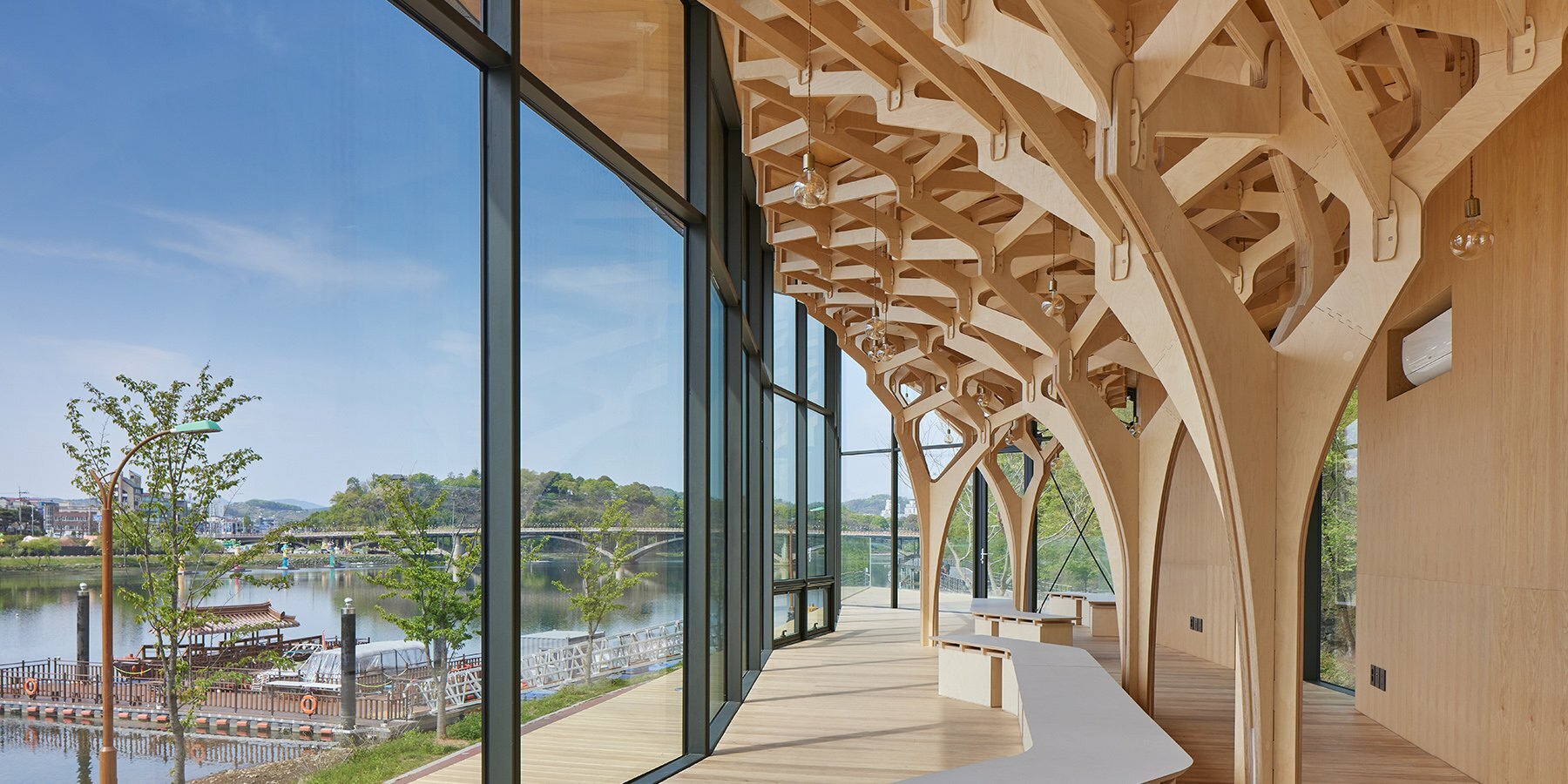
the project showcases the innovative application of wooden brackets within six tree-like columns
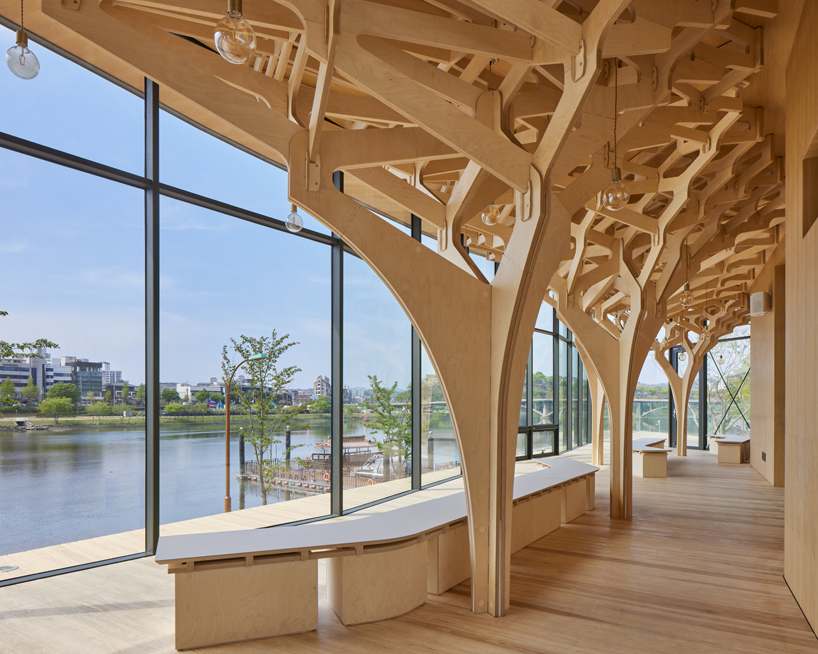
the distinctive tree structures define the project’s interior
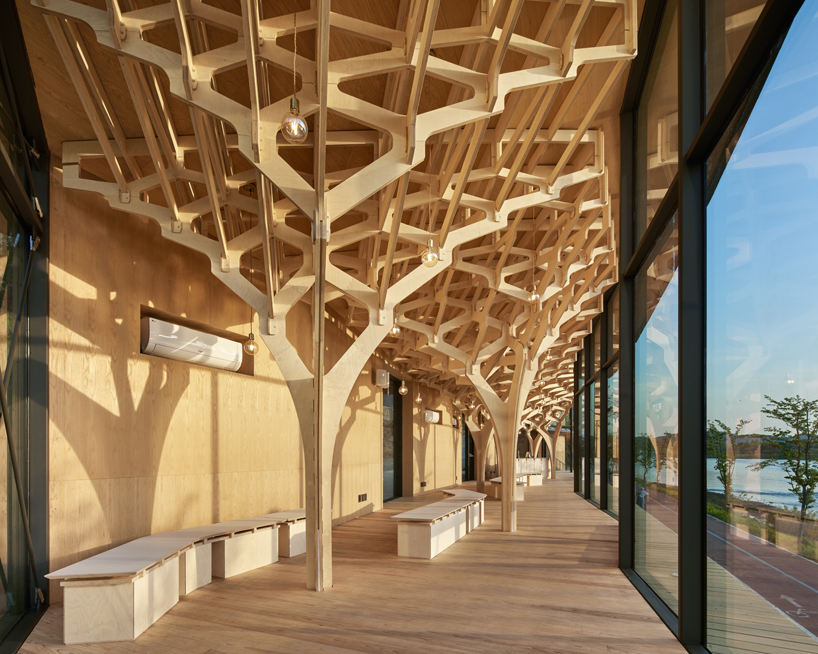
the tree-like columns create an interior space reminiscent of a forest pathway
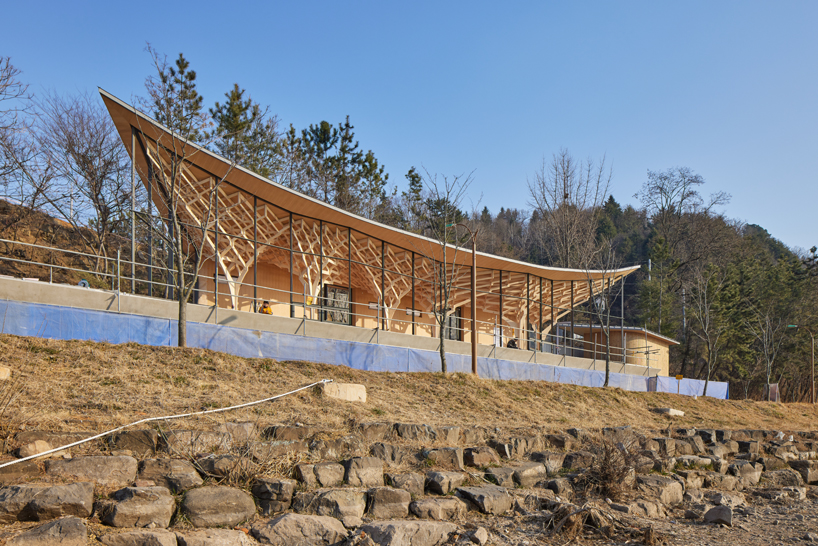
the project reinterprets ‘-ru’, the East Asian equivalence of a large-scale pavilion
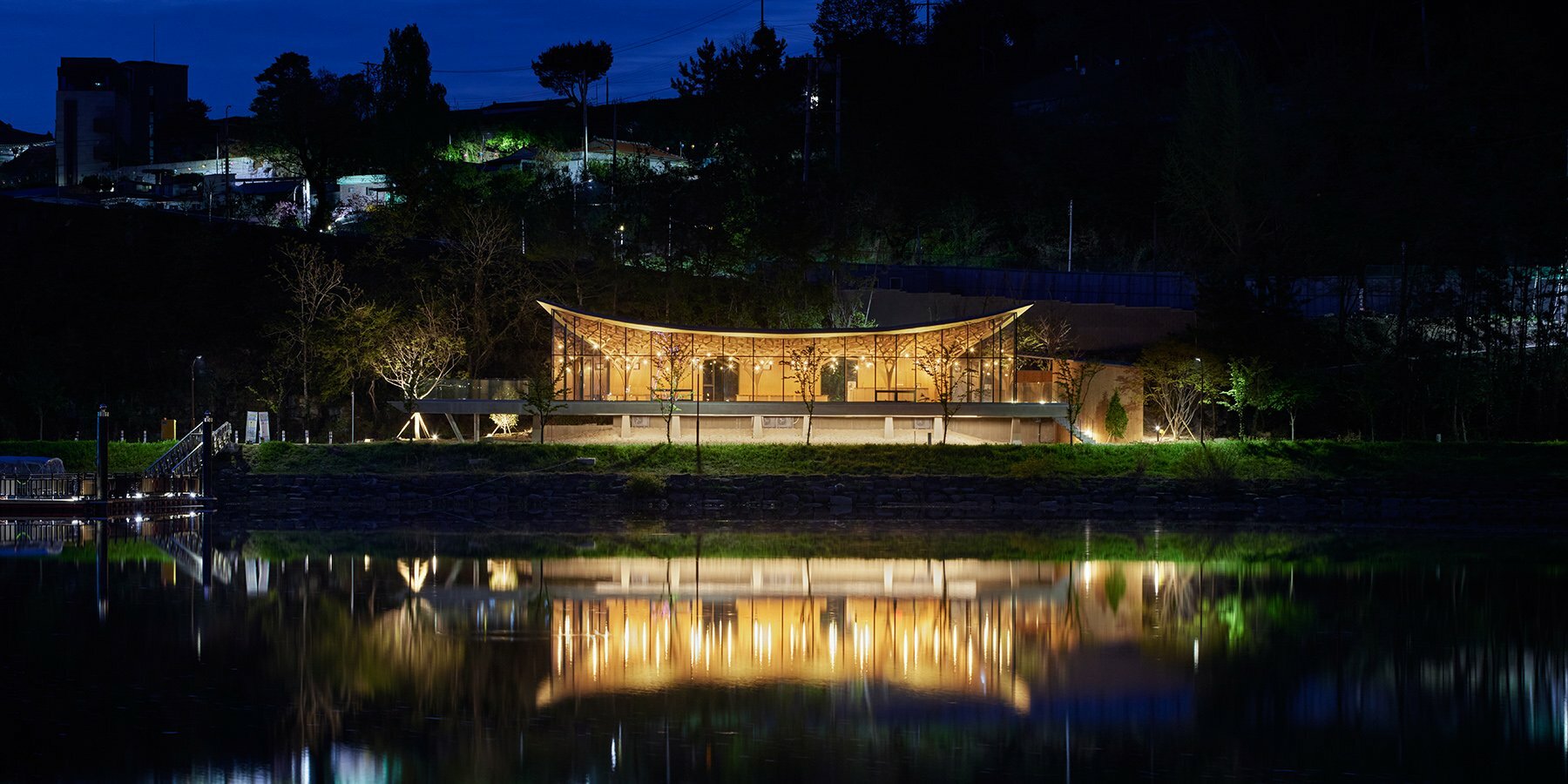
Pavilion of Floating Lights faces the Namgang River

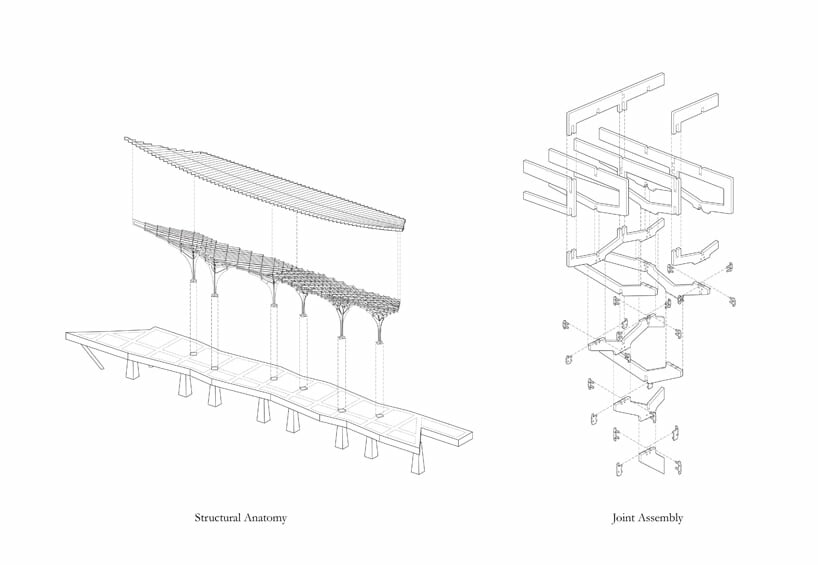

project info:
name: Pavilion of Floating Lights
designer: JK-AR | @j.k_a.r
location: Jinju, Korea
photography: Rohspace | @rohspace
designboom has received this project from our DIY submissions feature, where we welcome our readers to submit their own work for publication. see more project submissions from our readers here.
edited by: christina vergopoulou | designboom
